Are you tired of running out of battery on your phone or other electronic devices when you're on the go? Do you want a sustainable, eco-friendly way to charge your devices without relying on traditional power sources? Look no further than a solar power bank!
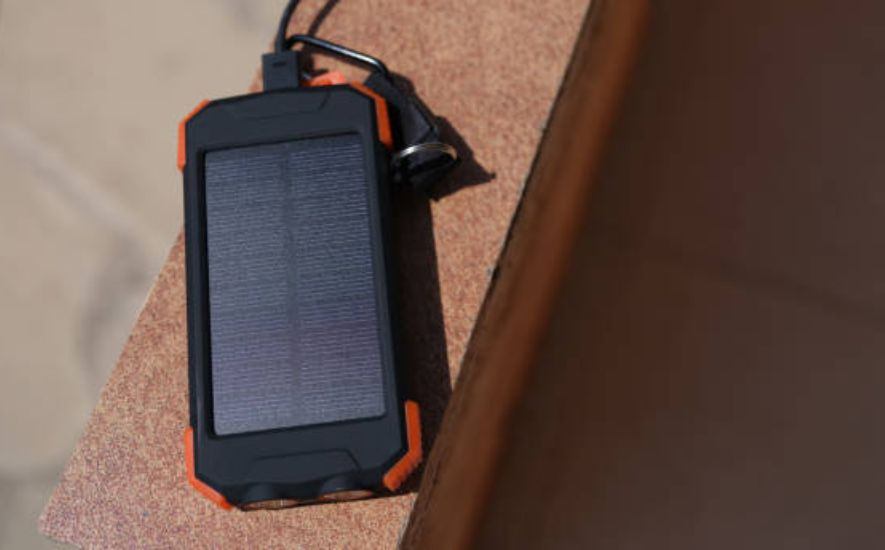
A solar power bank is a portable charging device that harnesses the power of the sun to charge your electronic devices. It's an excellent alternative to traditional power banks that require a wall outlet or USB port to charge.
Charging a solar power bank may seem daunting at first, but it's actually quite simple. This guide will walk you through the steps to charge your solar power bank effectively.
We'll cover everything from finding the right location to place your power bank in the sun to tips for maximizing the charging efficiency.
By the end of this guide, you'll have the knowledge and confidence to keep your solar power bank fully charged and ready to go whenever you need it. So let's dive in and learn how to set your solar power bank like a pro!

Understanding the Components of a Solar Power Bank
As we increasingly rely on electronic devices in our daily lives, it's important to have a reliable source of power to keep them charged. One such source is a portable solar power bank, which uses solar panels to convert sunlight into electricity.

But what are the components that make up a solar power bank, and how do they work together to provide a steady stream of power?
Solar Panels
The solar panel is at the heart of any solar power bank, which converts sunlight into electricity. These panels are made up of photovoltaic cells, which are typically made from silicon or other semiconducting materials.
When sunlight strikes these solar cells, it causes electrons to become excited and move around, creating a flow of electricity.
The larger the solar panel, the more electricity it can generate. The size and number of solar panels used in a solar power bank will depend on its capacity and intended use.
Battery Pack
While solar panels are great for generating electricity, they can't store it for later use. That's where the battery pack comes in. A fully charged power bank battery pack is typically made up of lithium-ion cells, which are lightweight and long-lasting.
The capacity of the battery pack is measured in milliampere-hours (mAh), and the higher the number, the more power the solar power bank can store. A larger battery pack will also take longer to charge, so there's a trade-off between capacity and charging time.
Charge Controller
A solar power bank also includes a charge controller to prevent the battery pack from overcharging or discharging too quickly.
This device regulates the flow of electricity from the solar panels to the battery pack, ensuring that the battery is charged safely and efficiently.
Some charge controllers also include additional features, such as overvoltage protection or low-voltage disconnect, to further protect the battery pack.
USB Ports
Of course, the ultimate goal of a solar power bank is to charge your electronic devices. To do that, most solar power banks include one or more USB ports that can be used to connect your device's charging cable.
These ports are typically rated at 5 volts and 1 or 2 amps, although some models may have higher or lower ratings depending on their intended use.
LED Lights
Finally, many solar power banks also include LED lights that can be used as a flashlight or emergency light source.
These lights are typically powered by the same battery pack that powers the USB ports and can provide several hours of light on a single charge.

How to Charge a Solar Power Bank Perfectly
As the world continues to shift towards renewable energy, solar power banks have become a popular choice for individuals looking to charge their devices on the go.
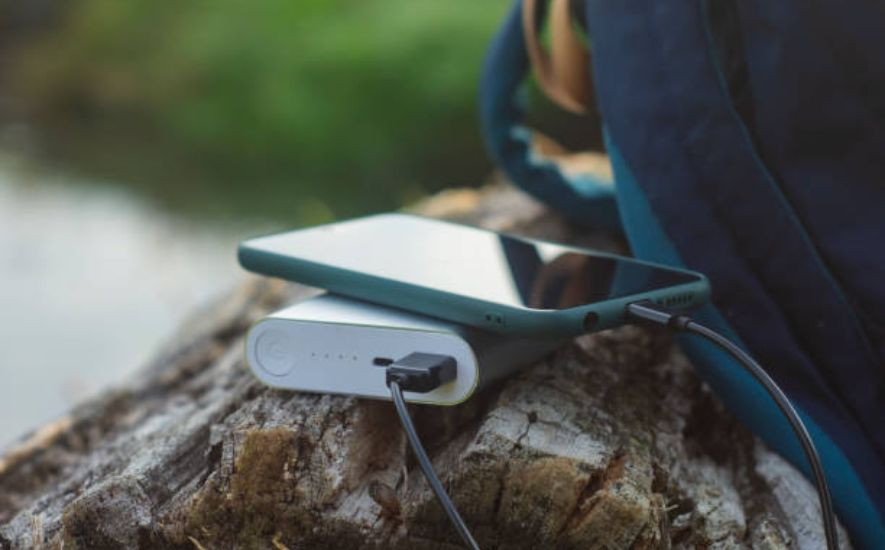
These compact and portable power banks are designed to harness enough power from the sun and convert it into energy that can be used to charge smartphones, tablets, and other electronic devices.
However, to get the most out of your solar power bank, it is important to know how to charge it perfectly.
Positioning Your Solar Power Bank
The first step to charging your solar power bank perfectly is to ensure that it is positioned correctly. It is important to place your solar power bank in an area that receives maximum sunlight.
Avoid placing it in shaded areas or under trees, as this will reduce the amount of energy it can absorb. If you are indoors, try to put your solar power bank near a window where it can receive direct sunlight.
Time of Day to Charge Your Solar Power Bank
The time of day when you charge your solar power bank is also critical. The best time to charge your solar power bank is during the day when the sun is shining brightest. This is usually between 10 am and 4 pm.
Avoid charging your solar power bank early in the morning or late in the evening when the sun is not as bright, as this will reduce the amount of energy it can absorb.
Length of Time to Charge Your Solar Power Bank
The length of time it takes to charge your solar power bank depends on several factors, including the size of the battery and the amount of sunlight it receives. Most solar power banks take between 6 to 8 hours to charge fully.
However, if your solar power bank has a larger battery, it may take longer to charge. It is important to read the manufacturer's instructions to know how long it will take to fully charge your solar power bank.
Maintenance of Your Solar Power Bank
To ensure that your solar power bank continues to function optimally, it is important to maintain it properly. One way to do this is by cleaning the solar panels regularly.
Use a soft cloth to wipe away any dirt or debris that may have accumulated on the surface of the panels.
Also, avoid exposing your solar power bank to extreme temperatures, which can damage the battery and reduce lifespan.
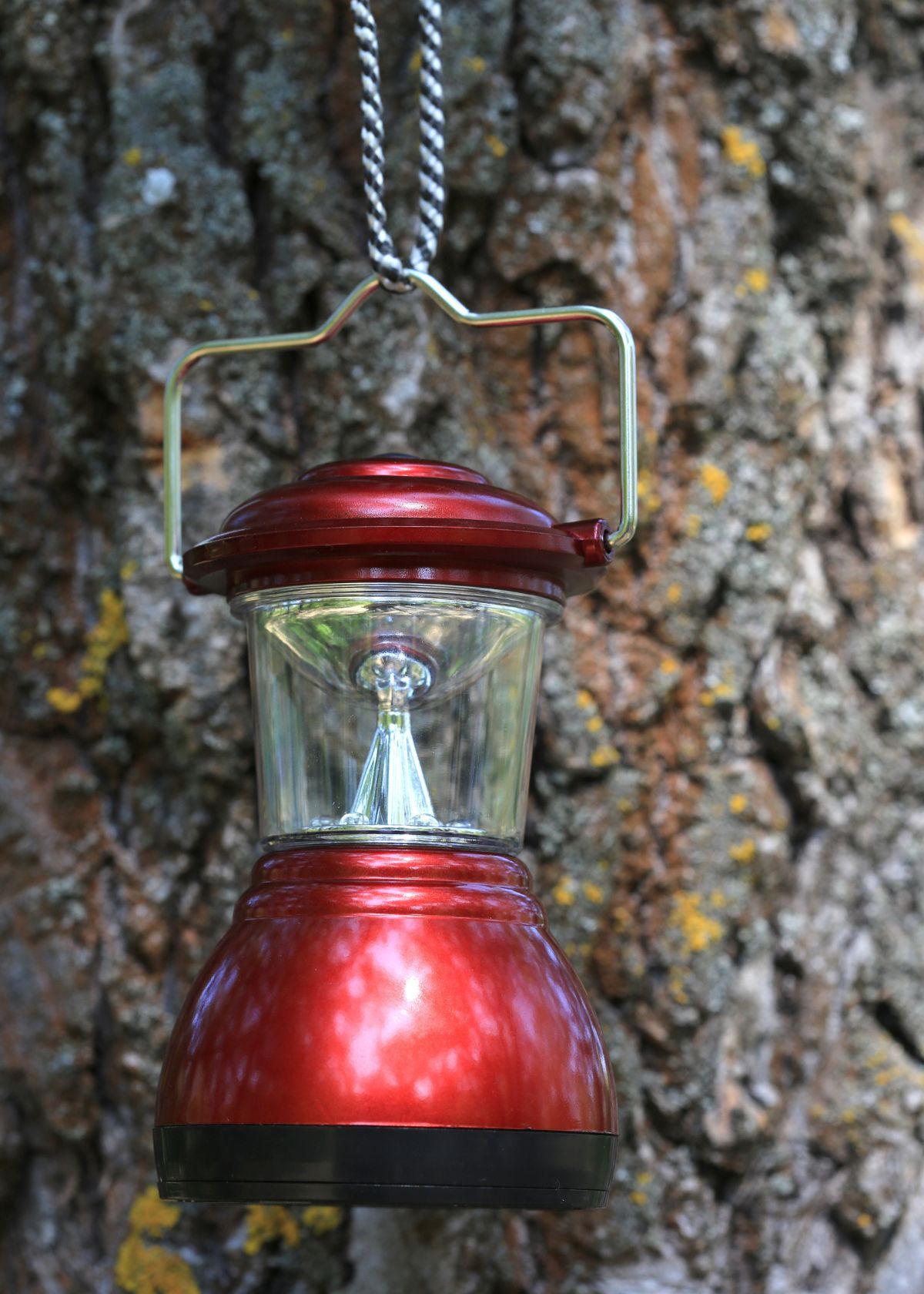
Troubleshooting Common Issues
As our world becomes more eco-conscious, solar power banks have become a popular alternative to traditional power banks.
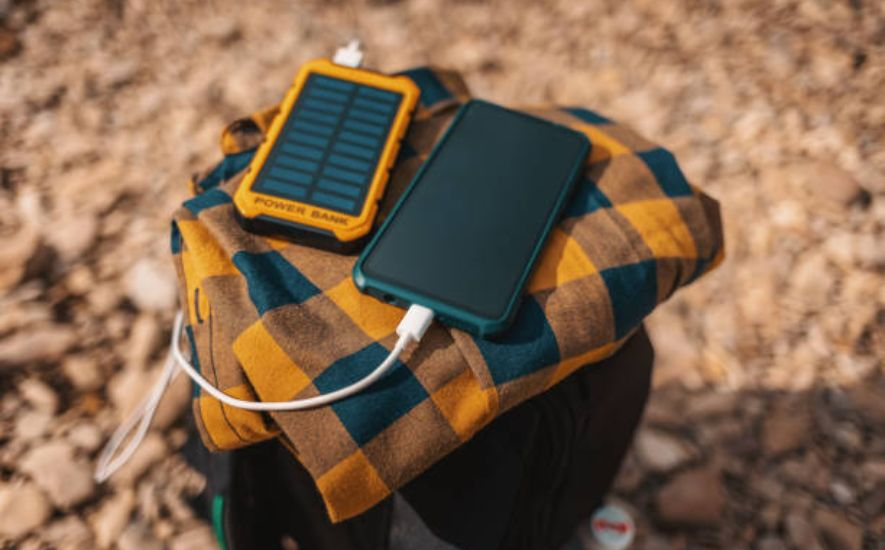
They offer a convenient and sustainable way to charge your devices on the go. However, like any electronic device, solar power banks can experience issues that may interfere with their charging capabilities.
Insufficient Sunlight
One of the most common issues that users encounter with solar power banks is insufficient sunlight. Solar power banks rely on the sun's energy to charge; if they don't get enough sunlight, they won't charge properly.
If you're using a solar power bank on a cloudy day or in an area with limited sunlight, it's likely your power bank won't charge.
Solution: To troubleshoot this issue, move your solar power bank to an area with more sunlight.
If you're using your solar power bank indoors, place it near a window or in a well-lit area. You can also consider purchasing a solar charger to use in conjunction with your most power banks.
Dirty Solar Panels
Another common issue that users experience with solar power banks is dirty solar panels. Over time, the surface of your solar panels can become covered in dirt, dust, or other debris, which can block the sun's rays and prevent your power bank from charging.
Solution: To troubleshoot this issue, clean the surface of your solar panels with a soft cloth or a gentle cleaner. Avoid using harsh chemicals or abrasive materials, as they can damage your solar panels.
Malfunctioning Batteries
Sometimes, solar power banks may experience issues with their batteries. This can be due to factors such as overheating, water damage, or wear and tear over time.
If your solar power bank's battery capacity is malfunctioning, you may notice that it's not charging properly or draining too quickly.
Solution: To troubleshoot this issue, try resetting your solar power bank by unplugging it and removing the battery.
Wait a few minutes before reinserting the battery and plugging your power bank back in. If this doesn't work, you may need to replace your solar power bank's battery.
Overheating
Finally, overheating is another common issue that users encounter with solar power banks. This can be caused by a variety of factors, such as leaving your power bank in direct sunlight or using it for extended periods of time without giving it a chance to cool down.
Solution: To troubleshoot this issue, try moving your solar power bank to a cooler area or allowing it to cool down for a few minutes before using it again.
You can also consider purchasing a solar power bank with built-in temperature control to prevent overheating.

Choosing the Right Charging Method
In recent years, solar power banks have become increasingly popular due to the growing concern for environmental preservation and the need for convenient portable charging options.
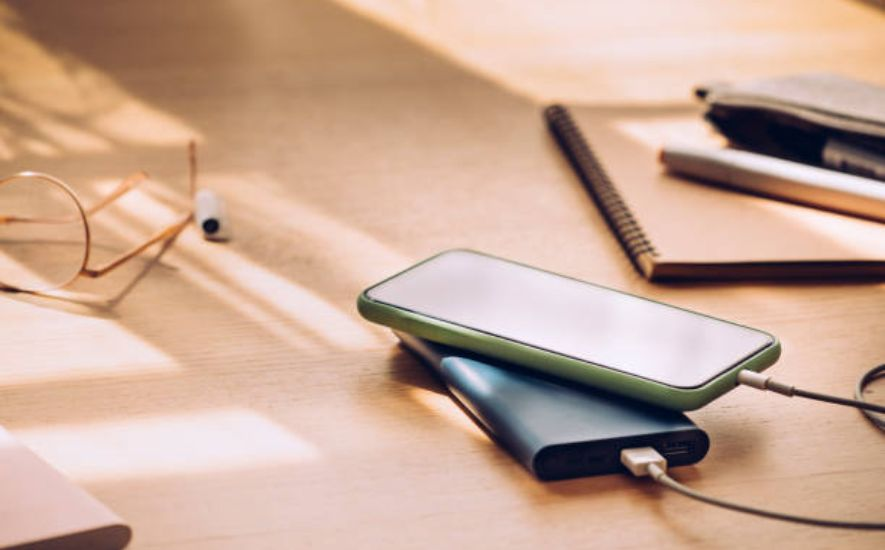
A solar power bank is a device that converts solar energy into electrical energy that can be used to charge the power bank and electronic devices such as smartphones, tablets, and laptops.
However, with so many different types of solar power banks available in the market, it can be challenging to determine which charging method is right for you.
Understanding the Types of Solar Panels
Solar panels are the key components of solar power banks. There are three main types of solar panels: monocrystalline, polycrystalline, and amorphous. Monocrystalline panels are the most efficient and durable, while amorphous panels are the least efficient but the most affordable.
The Benefits and Drawbacks of Direct Solar Charging
Direct solar charging means that the solar panels on the power bank directly charge your device.
This method is the most environmentally friendly and convenient since you don't need to carry any additional batteries. However, direct solar charging can be slow and may not work well in low-light conditions.
The Pros and Cons of Battery Storage
Some solar power banks come with built-in batteries that store the solar energy and use it to charge your devices later.
This method is convenient since you can charge your devices even when the sun is not shining. However, batteries add weight and cost to the device and can be difficult to replace if they fail.
The Advantages and Disadvantages of Indirect Solar Charging
Indirect solar charging involves using a solar panel to charge a separate battery, which is then used to charge your device.
This method is more efficient than direct solar charging and works well in low-light conditions. However, it requires more components and is less environmentally friendly since it requires more energy to produce the additional features.
How to Choose the Right Charging Method for You
Choosing the right charging method for your solar power bank depends on your specific needs and preferences. Direct solar charging may be the right choice if you need a lightweight and environmentally friendly option and don't mind slower charging times.
If you need a more reliable and convenient option that can charge your devices even when the sun is not shining, battery storage may be the way to go. Finally, indirect solar charging may be the best choice if you need a more efficient option that can handle low-light conditions.
Frequently Asked Questions (FAQs)
A solar power bank is a portable charger that runs on solar energy. It’s great for people who are always on the go and want to keep their phones and other devices charged. Here are some of the top questions about solar power banks.
How do you charge a solar power bank without the sun?
While solar power banks are designed to be charged with sunlight, there are still several ways to charge them, even without access to the sun.
One option is to use a USB cable to connect the power bank to a computer or a wall adapter. This method is particularly useful when you're indoors or during the night when sunlight is not available.
Another way is to use a hand crank generator to charge the power bank manually. This may take some effort, but it can be a lifesaver during emergencies or outdoor adventures when there's no power source nearby.
Additionally, some power banks can be charged using a car charger, which can be especially useful when you're on the go.
How do I know if my solar bank is charging?
When your solar bank is charging, there are usually some indicators to let you know. Firstly, check the LED lights on the solar bank. If they're flashing or turned on, it's likely charging. Secondly, most solar banks have a digital display that shows the current charging status. If it's increasing, then it's charging.
Lastly, you can check the voltage of the battery with a multimeter. If it's increasing over time, it's definitely charging.
Keep in mind that the charging time can vary depending on the weather conditions and the solar panel's wattage. So, be patient and monitor the charging process carefully to ensure you're getting the most out of your solar bank.
How long does it take to charge a solar power bank?
Charging a solar power bank is like cooking a meal with the sun as your chef. Just like a chef's cooking time varies based on the recipe, the time it takes to charge a solar power bank depends on the power bank's capacity, the strength of the sun's rays, and the charging speed of the solar panel.
On a clear day with strong sunlight, a 10,000mAh solar power bank can be fully charged in 8-10 hours. However, on a cloudy day or in the shade, it may take up to 2-3 days to fully charge.
Just like a meal, patience is vital when it comes to solar charging. But once fully charged, your solar power bank is ready to fuel your devices and keep you powered up on your adventures.
Do you have to charge a solar power bank?
Yes, you do have to charge a solar power bank, but the way you do it is a little different from traditional power banks. While regular power banks need to be charged using a USB cable plugged into a wall socket or computer, solar power banks can be charged using the sun's power.
All you need to do is leave the solar power bank in a sunny spot for a few hours, and it will start charging. You can also charge it using a USB cable if you need to, but the whole point of a solar power bank is to provide a sustainable, eco-friendly way to keep your devices charged on the go.
So, if you're planning a camping trip, a day at the beach, or want to reduce your carbon footprint, a solar power bank is a great investment that will keep your devices charged while also helping the planet.
Conclusion
In conclusion, charging your solar power bank is a simple process that can benefit your daily life. Following the steps outlined above, you can ensure that your power bank is always ready to go whenever needed.
Not only will you enjoy the convenience of portable power, but you'll also be doing your part to reduce your carbon footprint and protect the environment.
So, whether you're camping outdoors or simply looking for a reliable backup power source, a solar power bank is a significant investment that will pay off in the long run. Happy charging!











